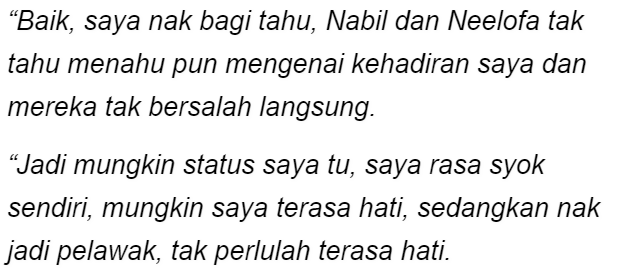Life Insurance - What Will it Cover?
Life insurance is perhaps the oldest form of financial protection, paying out to help your family in the event of death. However, with there are many options and types of cover and insurance available. Life insurance polices work by transferring risk to the insurer. You receive a policy, which guarantees a sum of money to be paid under certain terms, and pay the life insurer a premium in exchange. The life insurance company assesses the risk of you dying. Therefore those wishing to take out a policy usually have to undergo a health assessment. Risks vary from person to person, with lifestyle, health, age, job and gender - so deciding on which insurance policy requires planning. And a policy should be reviewed as your life changes to ensure the best coverage and value. There are a number of main life insurance policy types, including Term Insurance, Mortgage protection, With profits and Unit-linked.
Term Life Insurance
Term insurance, or term assurance, is often taken by those on a limited income as it can be the cheapest. All Term insurance polices run for a specified period, but they come in a number of different forms. The cheapest forms are Level Term, Renewable Term, Convertible Term and Decreasing Term. With these policies, the term can be selected to run for the duration of a mortgage or while children are growing up. They pay any outstanding balance of the debt in the event of the policyholder dying early. However, at the end of the term nothing is payable and there is no surrender value. Level Term is perhaps the most straightforward type of life insurance providing insurance for the same amount during an agreed term.
Renewable Term insurance offers the insured with the chance, after a set period of time such as five years, to take out a further policy for another term providing the new cover does not run beyond a certain age. Convertible Term insurance, meanwhile, allows the policyholder to convert to more sophisticated whole of life or endowment polices without providing a health report. Other form of term life insurance available is Increasing Term or Family Income Benefit. Increasing term insurance lets policyholders increase their protection, and any payout, as their earnings increase. So the sum goes up as the premiums rise year-on-year. Family Income Benefit insurance offers a regular income to dependents - paid monthly, quarterly or annually - for the rest of the term should the policyholder die. Critical Illness insurance also falls under term insurance. A policyholder takes out insurance so the sum assured is payable if the holder is diagnosed with a critical illness.
Mortgage Protection Insurance
Mortgage Protection, or Decreasing Term life insurance, is one of the cheapest types of life insurance available. The policy offers a fixed premium but the sum paid out reduces by a specific amount each year, right down to zero at the end of the term. A policy usually runs in line with the outstanding amount on a repayment mortgage and allows the insured to leave a cash sum to dependents to pay off the loan if they die during the period of the policy.
Whole of Life Insurance
Whole of life insurance pays a lump sum upon death and is not limited to a specific period. Premiums are expensive because the insurer is certain it will have to, eventually, pay the sum insured. Therefore, it could be seen as a savings scheme. Whole of life insurance comes in two forms: With-profits and Unit-linked. With-profits policies see the policyholder making regular payments which are invested with the insurer. Each year the holder receives a bonus, depending on how well the insurer's investments have been performing and how much its profits have risen. This means it is akin to putting money into the bank and receiving interest.
At the end of the policy, the holder receives a final payment known as a terminal bonus. With-profits can be volatile and if a policy has to be surrendered early, you will probably receive less money than they invested as fees are high. Unit-linked policies, meanwhile, gain value through stock market investment. Premiums paid by the policy holder are used to buy units in a fund run by the insurer. These funds are then invested in stocks and shares on various different stock markets and so the money being paid in by the policyholder has the potential to gain value as the markets rise. Or lost it should markets fall. Customers can choose from funds covering a number of different markets and can check their units' prices in the newspapers. Unit prices can go down as well as up, although over the long term they tend to make gains.









